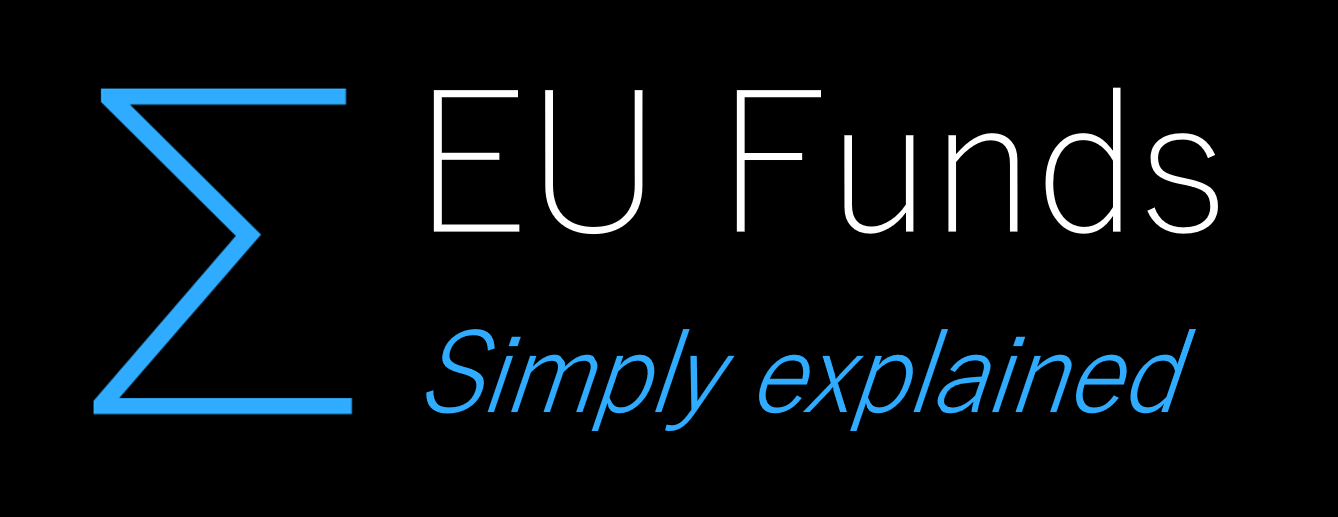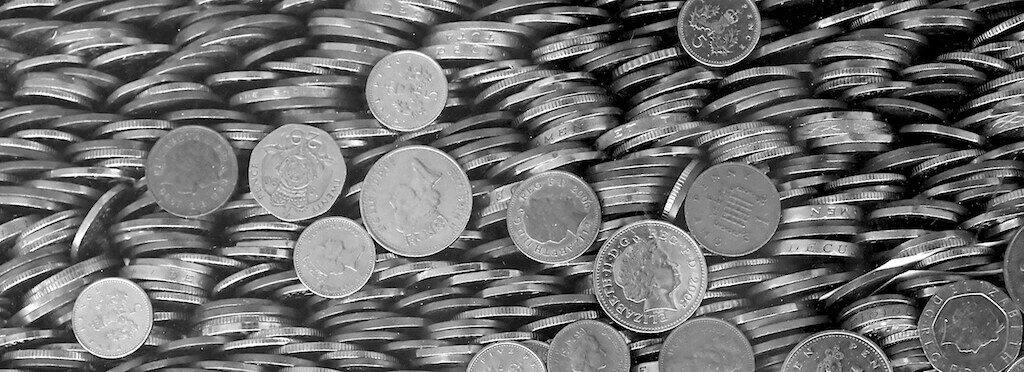In the context of Horizon Europe, the European Union’s key funding programme for research and innovation (2021–2027), co-funding refers to a funding model where the European Commission provides financial support, but not the full amount, requiring the participating entities to contribute with additional funding from other sources.
🔹 What Is Co-Funding?
Co-funding means that the EU does not cover 100% of the eligible project costs. Instead, the beneficiaries must cover part of the costs themselves or through other funding (e.g., national funds, private contributions, own resources).
In other words, co-funding is the portion of the project costs not covered by EU funding — it’s the amount the beneficiary of the grant must finance from its own resources.
✅ Example at the budget stage:
If a beneficiary has a total project budget of €100 and the co-funding rate is 30%, this means:
- €70 will be funded by EU funding, and
- €30 will need to be covered by the beneficiary own resources (co-funding).
✅ Example at the reporting stage (same budget, with overspending):
If the beneficiary reports €110 in costs:
- They still receive €70 of EU funding (as budgeted),
- The remaining €40 is considered co-funding — covered from the partner’s own funds.
When the European Commission reviews the reported €110, it sees that only €70 was reimbursed, so it assumes the remaining €40 was funded by the partner — this is the co-funding.
In practice, the European Commission asks beneficiaries of grants to report only costs that meet the Horizon Europe eligibility criteria according to the Annotated Model Grant Agreement. No distinction is made between costs covered by EU funding costs covered by co-funding. All reported costs must meet the same eligibility rules, and the financial checks are done per beneficiary.













